How to Clean and Protect Your Automatic Watch?
After a watch is worn for a long time, a lot of dirt will remain on the edge of the case back, around the crown, etc., which will directly affect the appearance of your watch. When you pull out the crown to adjust the watch, the dirt will cross the last line of defense and enter, not to mention the erosion of the movement, future troubles will follow, and your watch will be inaccurate.

There are two parts you need to clean
Firstly, you need to clean you watch face, just use water and a small brush is enough, i will tell you how to do it in next step. Secondly, the watch band is also important. The method of cleaning your watch band depends on its material. Leather, stainless steel, nylon, and rubber are all common types of watch bands. If possible, remove the watch bands before cleaning them so you can wipe them down thoroughly without damaging the watch face.
Leather watch bands (including animal skins like cowhide, ostrich, and crocodile) should be wiped down with a damp cloth. Metal watch bands, like stainless steel, silver, gold, and others, can actually rust (despite the ‘stainless’ moniker!). Stainless steel is stainless because it has a layer of oxide covering it. This layer can rust if there’s a lack of oxygen, so make sure your watch is exposed to the air when you’re not wearing it. Nylon watch bands are fairly easy to clean——you can just throw them into your next load of laundry, as long as you keep it in a separate mesh bag. Rubber watch bands need just as much care as metal watch bands. The rubber actually absorbs sweat and oils, and if not properly cleaned, it can crack and break.
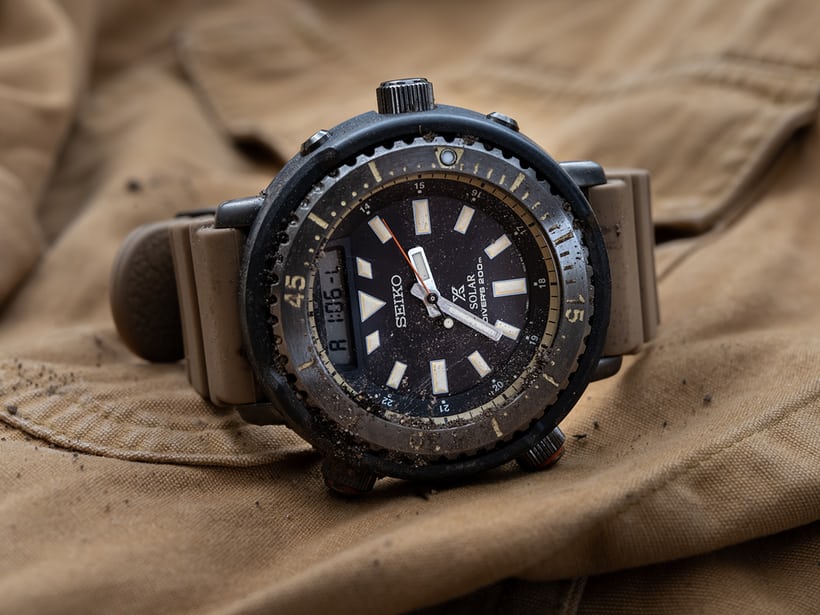
Most Important: Wipe Your Watch in Daily Night
You might wash your face before bed. Your watch wishes it could, too. Just think of an average day this summer—your watch band is exposed to sweat, sunscreen and even spilled beer. "At the end of the day, we recommend taking a couple of minutes to clean your watch before retiring it for the night," says Julie Stewart, supervisor of product repair for Victorinox Swiss Army. "With a soft, clean cloth, wipe the inside of the band and wipe gently around the case back—this will remove excess moisture and any lotion build-up that occurred during general wear throughout the day."
And even if you aren't engaged in any "dirty" activities, you’re getting gunk on your watch, bracelet, or rings. That gunk is from sweat, which sloughs off skin particles that collect in the links of a metal watchband, or the weave of a fabric one. Citizen watches even points out that—thanks to the fatty acids in perspiration—sweat can rust a "stainless" band. That's why you need to do some basic maintenance more regularly than you might think. And the time to do it is before your jewelry looks, feels, or smells like it needs it.
There are 4 steps to clean your watch
● Step 1: Inspect your watch
Cleaning your watch is a great time to get nice and close (preferably with a simple magnifying glass) and take a look at the condition of your watch. Look for damage that may allow for the ingress of moisture. Pay specific attention to the condition of the crown, or other moving parts. Likewise, look at the edge of the crystal (where it is mounted to the case). If your crystal has a chip or even any visible area where it is not firmly connected to the case, your watch needs to be professionally inspected and serviced (and then cleaned).
● Step 2: Remove Your Bracelet Or Strap
Assuming you are comfortable doing so, remove the bracelet or strap from your watch with an appropriate spring bar tool. This will allow you access to one of the dirtiest parts of your watch, the inner side of the lugs and the end link of the bracelet. While we will talk about cleaning and caring for non-bracelet options in a future post, removing your bracelet will make both the watch and the bracelet much easier to clean. Whatever mount you prefer, take it off and set it to the side for a moment.

● Step 3: Wipe Your Watch
Take a soft cloth and rub it around the shape of the watch. Don't let any corners, including the buttons of the watch, be cleaned in place. A once-over should not take more than a minute or two, and with the watch mostly clean, you will be able to better see the more stubborn collections of dirt.
● Step 4: Use Brush to Clean up Stubborn Stains
If you have any sticky grime that didn't come off with the wipe, take a toothpick and cut off the brittle tip. Then, wrap the toothpick in the edge of the wipe and gently work the harder edge into the problem areas (while ensuring the toothpick does not tear through the wipe). If the cleaning has disrupted some horological detritus, gently brush it away with the detailing brush (or your soft-bristle toothbrush). Please keep in mind (again, know your watch) that softer metals may be scratched by something like a toothpick, so it's best to be as thorough as possible with the wipe, especially on precious metal cases. If you aren't sure, please don't suffer a scratch. Just call your AD and have your special watch cleaned professionally.
All the cleaning in the world won’t make a difference if you don’t store your watch properly. Many vintage beauties have been destroyed by mold, mildew, and corrosion because they were tucked away in a damp, dark box or storage cabinet for years before their value was realized. Use a watch box for long-term storage, and avoid extremes of heat, cold, and humidity. Watches are delicate instruments! Take good care of your watch now (and that includes getting watch insurance!), and it will be a treasure forever.


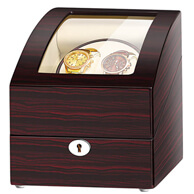


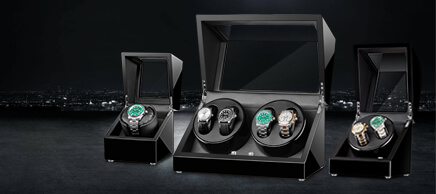
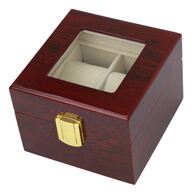
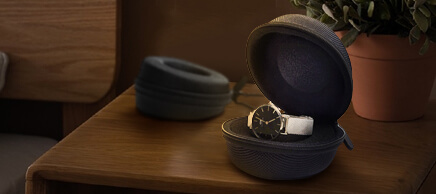
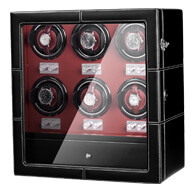


Congratulations, you have completed Facebook authorization.
To finish the login process, please provide email address.